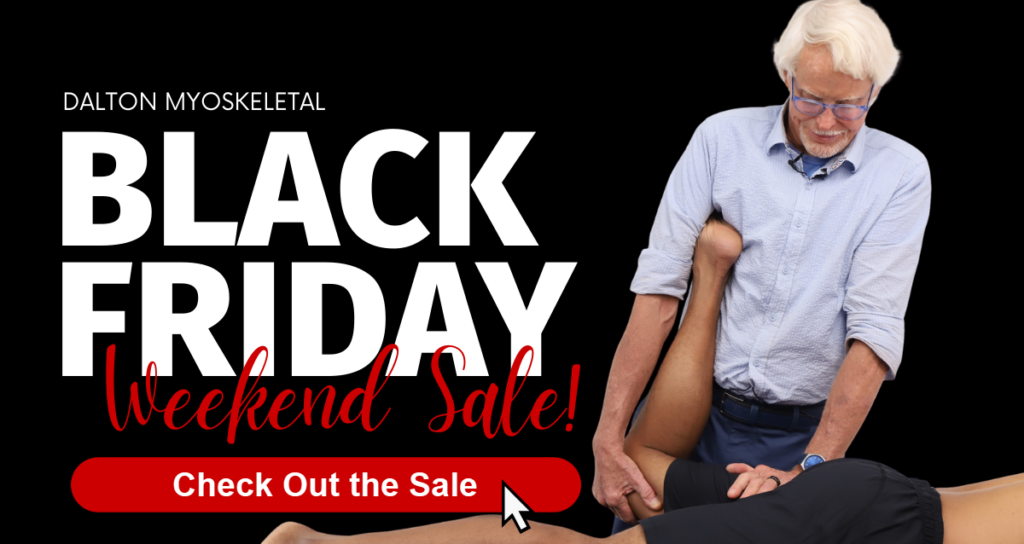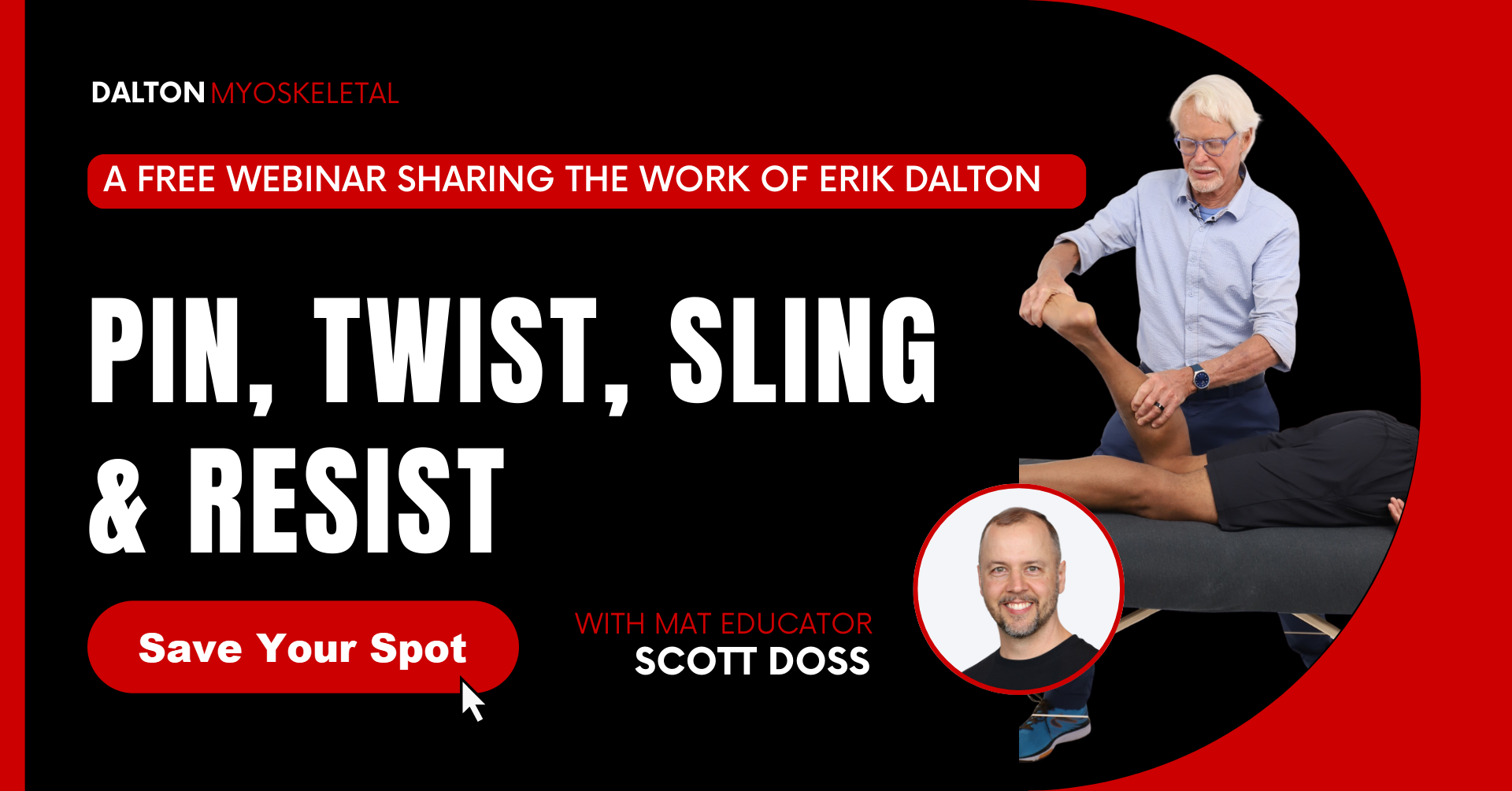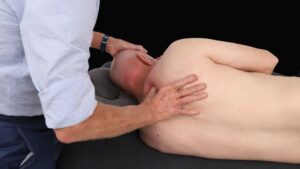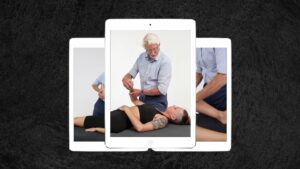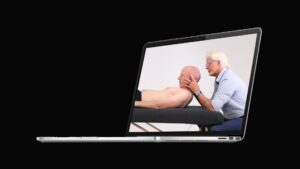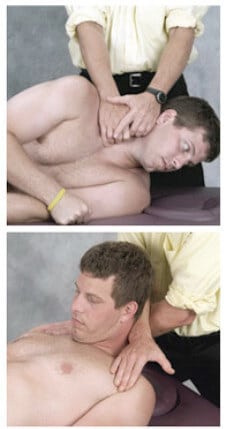
As tension, trauma, poor posture and gravitational exposure flatten the discs, the resultant hyper mobility begins to pull the posterior longitudinal ligament away from the bony margins. Internal bone force fills the cracks with spurs. Along the way, osteophytes scratch the nerve dura, triggering the sinuvertebral nerve to sympathetically trigger spasm. Fortunately, these chronic-pain generators can be lessened by applying specific soft-tissue decompression maneuvers to facilitate rehydration of flattened intervertebral discs, thus relieving dural drag.
As components of the spinal anatomy begin to degrade eventually … bone loss, disc degeneration, and facet joint osteoarthritis place excess stress on the aging vertebrae. The body responds by cultivating bony nodules called osteophytes, or bone spurs, to compensate for diminished spinal stability. While the word “spur” often leads people to envision something sharp or pointed digging into a nerve or other tissue, bone spurs are actually smooth and sometimes ‘crusty ‘growths that can be mobilized through movement.
When osteophytes grow in confined areas adjacent to nerve roots or the spinal cord, nerve compression can occur. Because the uncinate processes are located near the foramina– channels where nerve roots exit the spinal canal– bone spurs that develop at the uncovertebral joints may cause a condition known as foraminal stenosis.
In the younger population, cervical radiculopathy is often a result ofa disc herniation or an acute injury causing foraminal impingement of an exiting nerve. Discherniation is the primary cause for 20-25 % of the cases of cervical radiculopathy. In our older clients, cervical radiculopathy is often a result of foraminal narrowing from osteophyte formation, decreased disc height, degenerative changes of the uncovertebral joints anteriorly and of the facet joints posteriorly.
What can manual and movement therapists do to help prevent facet jamming and nerve root impingement? I’ve found that in many cases, these chronic-pain generators can be lessened by applying specific soft-tissue decompression and mobilization techniques to maintain “joint play” in the facets and facilitate rehydration of flattened intervertebral discs. In the video clip below, I demonstrate two basic, but powerful, cervical mobilization routines to relieve “immobilization arthritis” due to facet jamming and bone spur formation.
For more information about Neck and Joint Mobilization and Massage Therapy CEU
